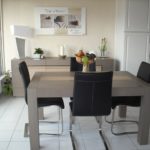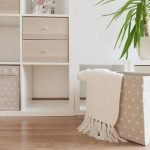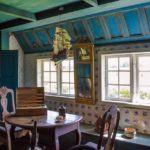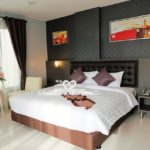The living room is arguably the most used room in any home. Watching television, entertaining guests, chatting and chilling with family are just some of the activities that take place here, so the right planning is important to ensure it’s up to the job.
Assess your needs & requirements

Create a main focal point
Living rooms always work better when they are planned around a main focal point, such as the TV, a great view, or the fireplace, so it’s important that you arrange you’re seating to make the most of this. If your living room doesn’t have a natural focal point, create your own! You can do this by painting a bold shade on the main wall of your room or place your armchairs and sofas around a coffee table in an interesting and creative way. Make sure access from the patio doors or doorway isn’t obstructed and that you can easily move around the room. If you have enough space, don’t push your furniture right up against the wall as being able to see behind it can create the illusion of more space.
Getting the layout right
Use the proportions for the living room to your advantage. Long, narrow rooms are often divided into separate areas, for example, one end of the room can be used to watch TV and relax, while the shorter area of an L shaped room can be used as a dining area or home office. Take a piece of paper and draw a plan of your living room and include any accessories and furniture that will need to go in it, then alternate between different layouts until you find one that works. It is also worth doing this with your furniture, spend some time moving it around until you find the best arrangement. Quite often, the least obvious layouts are more effective than the ones that look good on paper.
Plan adequate amounts of storage
From CDs and DVDs to games, toys and television equipment, there are so many items to store in a living room. You can keep your living room clutter free by hiding unused objects in floor to ceiling cupboards. These can be fitted along one wall or in alcoves either side of your fireplace. If you prefer to display your books, you can incorporate open book shelves into your design. Other space saving ideas include footstools with space for storage underneath, or built in window seats, and dual purpose pieces of furniture, such as coffee tables or sofa beds that have adequate room for spare bedding.
Sofa suggestions
Sofas are usually the pieces of furniture that cause the greatest amount of difficulty. They are one of the most used items in any home so it’s important that you get it right. Will your chosen sofa fit into your living room? If you’re considering a corner sofa, make sure that all the doors will open properly when it’s in place. Chesterfield Leather sofas are ideal; they are durable, attractive and easy to maintain. If you choose a material sofa, it’s recommended that you buy one that has washable covers, these are very practical.
Dress your windows
Unless you live in an ultra modern glass walled home, bare windows aren’t a good look. Even if you have an amazing view and aren’t overlooked by neighbors’, roman blinds, sheer curtains or shutters will enhance rather than detract from your windows. For larger windows, go for curtains, vertical blinds or roller blinds. If your room is plain, you can add any pattern or color with curtains and blinds.
This is a guest post by David at Thomas Lloyd Leather Furniture






